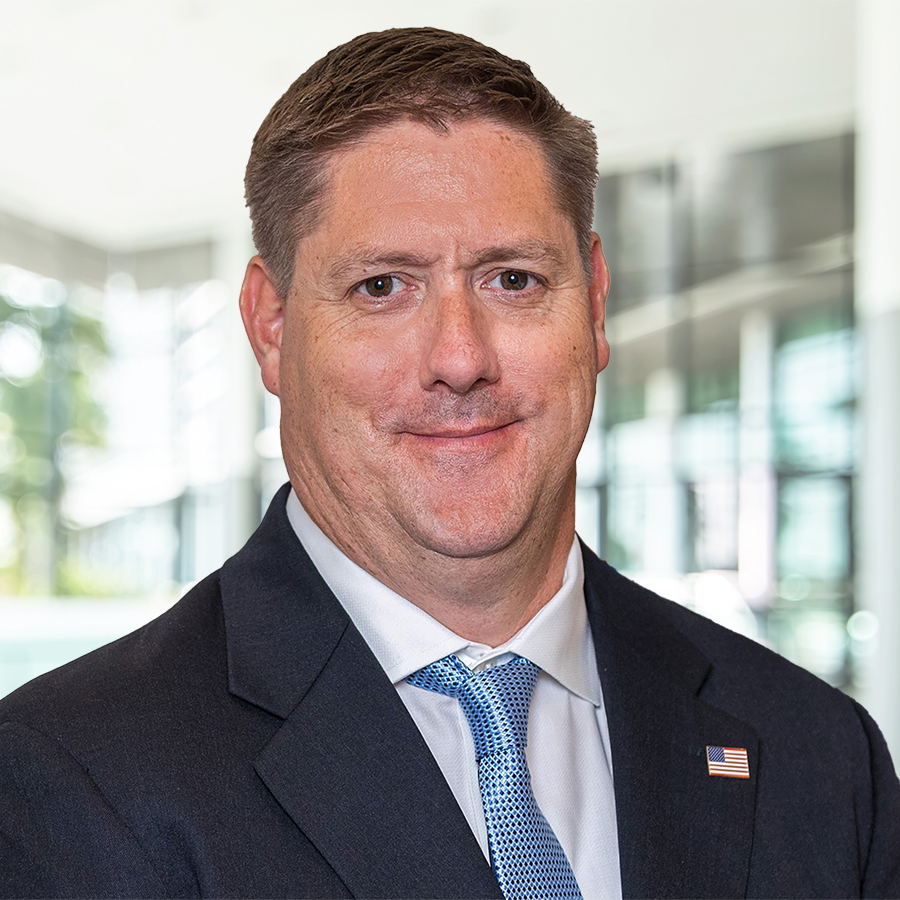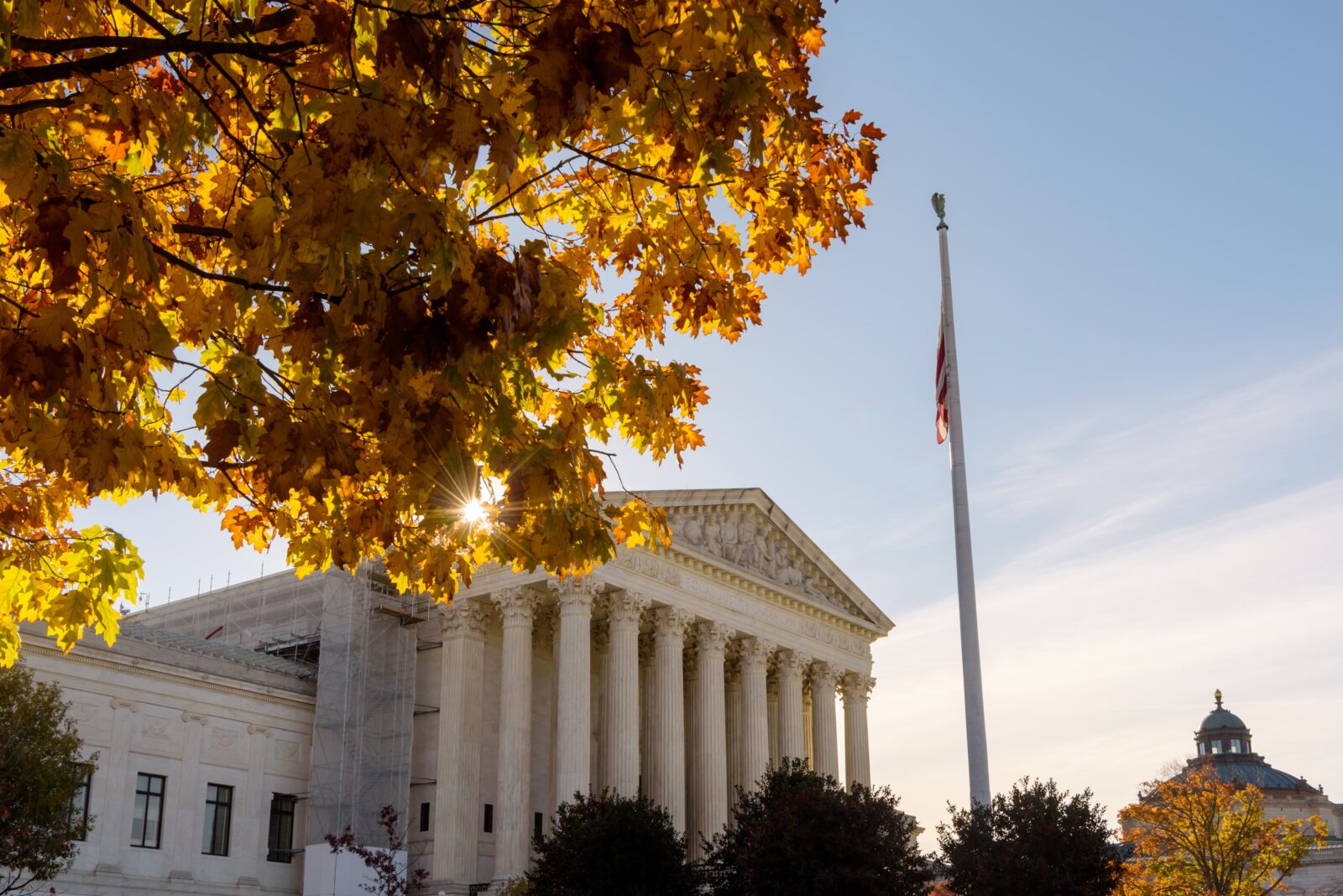
President Trump came to office with a clear vision of reducing the size of the federal government. He believes that the size of the federal bureaucracy is too large to function effectively and must be scaled down to eliminate waste and increase efficiency. The President also seeks to accelerate permitting for infrastructure projects to unleash American energy. While improving government efficiency and accelerating permitting are goals shared by many, the tactics being deployed by the President’s team may serve to undermine his ability to achieve either.
The Department of Government Efficiency, or DOGE, is tasked with working with agency heads to “shrink the size of the federal workforce and limit hiring to essential positions.”[1] However, the efforts to shrink government thus far have been indiscriminate—targeting all probationary employees regardless of position or responsibility. Not all probationary employees are junior staffers fresh out of school; they could be anyone who recently changed positions. That includes people who were recently promoted or moved within the government from one agency to another or those who are seasoned professionals new to federal service. This sort of broad approach inevitably leads to instances where certain staff are determined “essential” after they’ve been fired, as we’re starting to see.[2][3] Cinderella (the hair band, not the princess) warned us about not knowing what we’ve got until its gone and DOGE is living that lesson.[4]
While a significant reduction in force will have far-reaching effects on government services, I’d like to focus on the effects to another of the President’s goals—permitting efficiency. This Administration has also set goals of streamlining federal approvals and improving coordination and collaboration across agencies.[5] Owing to the “Energy Emergency” identified by President Trump, agencies are now undergoing internal reviews to determine emergency authorities that will facilitate accelerated approvals of certain energy infrastructure. The President has also directed the Council on Environmental Quality to rescind the regulations that direct implementation of the National Environmental Policy Act (NEPA) and issue non-binding guidance in its place.[6] Taken together, that’s a lot of administrative work to issue new guidance, update existing regulations, and pursue emergency authorities. Accomplishing these outcomes while also reducing the federal workforce and instituting a 4:1 ratio of departing employees for every new hire will be exceedingly difficult.[7]
In my previous role as the Executive Director of the Federal Permitting Improvement Steering Council (Permitting Council), I oversaw investments of nearly $200 million to build capacity at federal permitting agencies.[8] These investments helped ensure that projects funded through the generational investments made by the Bipartisan Infrastructure Law, the Inflation Reduction Act, the Chips and Science Act, and others, were not slowed down by lack of adequate resources at the agencies to process permit applications and conduct environmental reviews. The $200 million was part of a broader $1 billion investment under the Inflation Reduction Act to build permitting capacity and accelerate regulatory agency reviews and approvals. The $1 billion was identified as a much-needed bridge to address the persistent lack of resources at regulatory agencies that historically led to processing delays. With trillions of dollars invested in infrastructure during the Biden-Harris Administration, regulatory agencies needed—and still need—reinforcements to manage the spike in projects and their associated permit applications.
Now the Trump Administration is seeking to unwind those personnel gains while also slowing the flow of federal funds.[9] The courts have stepped in to “pause the pause” on funding, but the widespread reduction in the federal workforce continues apace. It is difficult to reconcile how the government will succeed in improving permitting efficiency while losing so much of the experienced workforce. I’ve spent most of my 25+ year career in federal policy seeking ways to accelerate federal permitting processes. Without question, there is more work to do. However, a significant reduction in both staffing and expertise across agencies will stall momentum, if not undermine achieving the Administration’s objectives altogether. With a significant reduction in staffing across agencies, these stated objectives to increase collaboration and find efficiencies may fail. You need experienced staff to help innovate and test new ideas. Fresh thinking and out-of-the-box approaches are badly needed in government, but those new ideas are best executed by those with experience implementing the programs.
Where does one go to understand the permitting programs and innovate new strategies for permitting efficiency if we lose the most experienced staff? From DOGE’s website (which pulls from Office of Personnel Management data), the average federal employee has 10 years of service.[10] Who will be left to update agency NEPA procedures if the experienced staff have been pushed out? How will the agencies navigate complex policy calls on whether and when to apply emergency procedures to accelerate permitting? Who will even be around who has experience using those seldom-used emergency procedures?
The President’s goals of reimagining the federal bureaucracy and accelerating infrastructure delivery are aspirational. The strategies he is deploying will undermine his success.
In our next installment of this Perspectives series, I will explore how the President could use a tool already in his toolbelt to optimize interagency coordination and spur permitting innovation by leveraging my former agency, the Permitting Council.
[1] See White House Fact Sheet: President Donald J. Trump Works to Remake America’s Federal Workforce.
[2] See reporting from The Hill: Trump administration reverses nuclear agency firings.
[3] See reporting from Politico: Handful of dismissed Energy Department staffers offered their jobs back.
[4] See https://www.youtube.com/watch?v=i28UEoLXVFQ.
[5] See Pillar 3 of EPA Administrator Zeldin’s “Powering the Great American Comeback” Initiative and action 9 of Energy Secretary Wright’s direction for “Unleashing the Golden Era of Energy Dominance.”
[6] See Section 5 of Executive Order 14154, Unleashing American Energy.
[7] See Executive Order 14210, “Implementing the President’s “Department of Government Efficiency” Workforce Optimization Initiative.
[8] See press release from Permitting Council: Permitting Council Executive Director Releases Summary of Accomplishments Detailing Tremendous Growth During Biden-Harris Administration.
[9] See reporting from NBC News: Trump’s funding freeze creates widespread confusion.
[10] See government workforce data from DOGE: Meet the U.S. Government.






